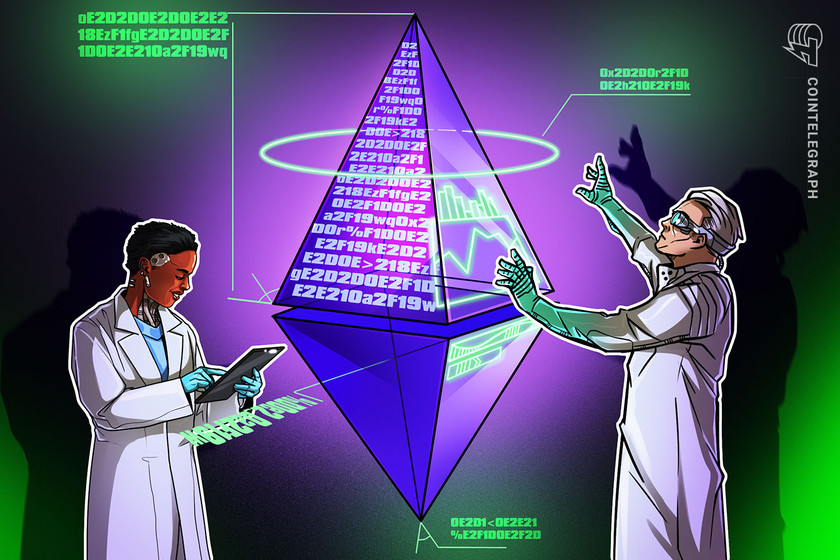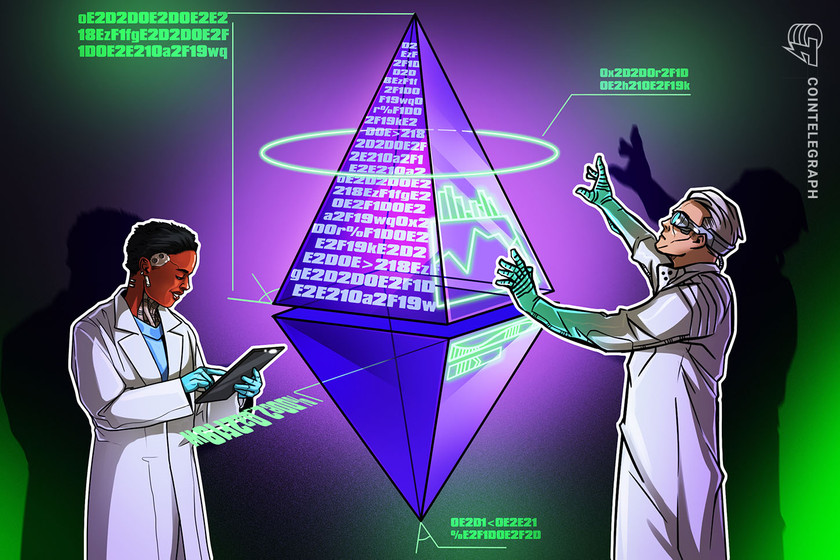DeFi contagion? Analysts warn of ‘Staked Ether’ de-pegging from Ethereum by 50%


Liquid staking firms could default on their Ether obligations if The Merge does not happen.
The next big crypto crash could be around the corner due to Lido Staked Ether (stETH), a liquid token from the Lido protocol that is supposed to be 100% pegged by Ethereum’s native token, Ether (ETH).
Notably, the stETH peg could drop against ETH by 50% in the coming weeks, raising the risk of a “DeFi contagion” as Ethereum moves toward proof-of-stake (PoS), argues popular Bitcoin investor and independent analyst Brad Mills.
Over 1M Ether liability risks default
In detail, investors deposit ETH in Lido’s smart contracts to participate in The Merge, a network upgrade aiming to make Ethereum a proof-of-stake blockchain, also called the Beacon Chain. As a result, they receive stETH representing their staked ETH balance with Lido.
Users will be able to redeem stETH for unstaked ETH when Beacon Chain goes live. In addition, they can use stETH as collateral to borrow or provide liquidity using various decentralized finance (DeFi) platforms to earn yield.
But, if the switch to Eth2 gets delayed, this could cause a massive liquidity problem across DeFi platforms, Mills asserts, using Celsius Network, a crypto lending platform that offers up to 17% annual percentage yields, as an example.
“If customers start withdrawing from Celsius, they will have to sell their stETH,” Mills explained. “Celsius has liabilities of 1 million ETH. So, 288k are inaccessible until [the] Merge, ~30K are lost, ~445k are stETH, and 268k are liquid. Could cause a run.”
Regardless of unverified rumors that Celsius could be insolvent, the best way to secure your funds is to control your own private keys. He adds:
“stETH might not ‘depeg,’ but the risk of DeFi contagion in a crypto bear market is high.”
Contagion risks?
Moreover, even centralized yield platforms could face insolvency risks due to their ETH liabilities, argues market commentator Dirty Bubble Media (DBM), citing crypto asset management service Swissborg as an example.
Swissborg offers daily yield on about $145 million worth of Ether it holds, including 80% exposure in stETH.


The firm had staked around 11,300 ETH out of its total Ether holdings in Curve’s stETH/ETH pool. Then the ETH peg became imbalanced on May 12 in the wake of Terra’s collapse, with stETH/ETH dropping to 0.955 on the day.


“How is Swissborg paying daily yield on these assets, when the yield from staked Ether is locked along with the principal,” questioned DBM, adding that it could have the firm “exit their entire stETH position,” thus forcing its ETH peg even lower.
Meanwhile, the warnings coincided with a whale dumping its staked Ether positions for ETH on Wednesday.
Battening down the hatches before ropsten. pic.twitter.com/MPQV5n0XMf
— Hsaka (@HsakaTrades) June 8, 2022
Mills responded, saying that stETH’s “dynamic is no different than GBTC at a perma-discount.” In other words, sell pressure can be “merciless” once the market flips bearish and yields vanish.
He explained:
“When there’s deep liquidity & potential to arbitrage, quants, Wall Street raccoons [and] flashbois will milk the yield. When the strategy goes against them, they will add merciless sell pressure.”
As of Thursday, the stETH/ETH ratio had recovered to 0.97, still 3% below its intended peg.
The views and opinions expressed here are solely those of the author and do not necessarily reflect the views of Cointelegraph.com. Every investment and trading move involves risk, you should conduct your own research when making a decision.















